Which Car Is Best for Drifting: From AE86 to Modern Drift Machines
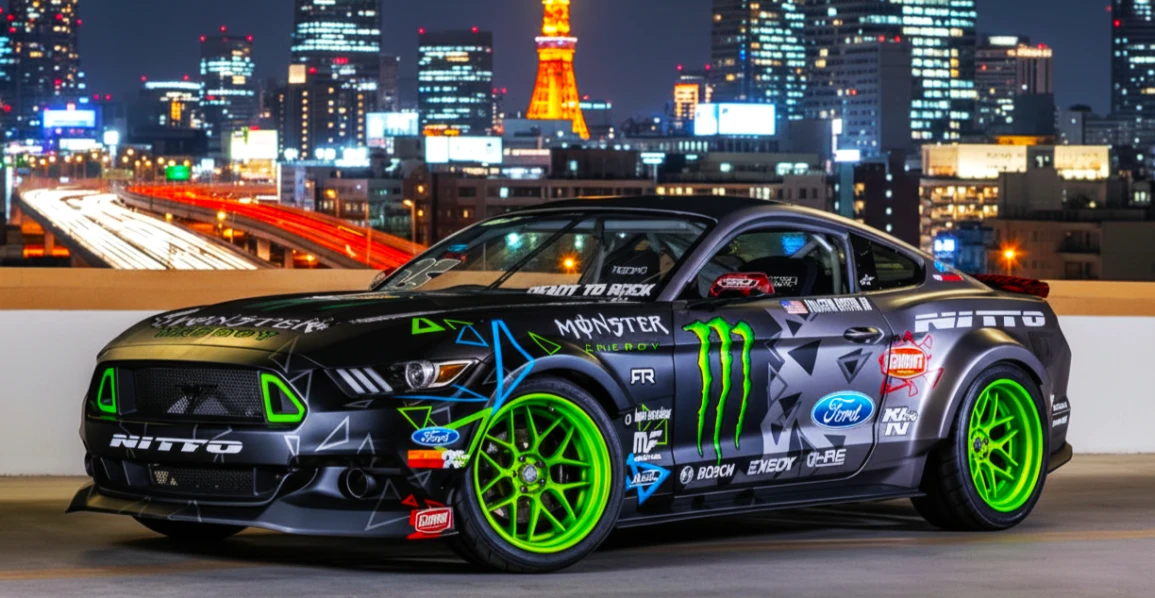
The screech of tires, clouds of smoke, and a car dancing on the edge of physics. Drifting is both an art and an adrenaline rush. It is a philosophy born on the mountain passes of Japan at night and has captured the hearts of millions of fans worldwide.
From the Streets of Japan to Global Arenas
Unlike traditional racing where speed is everything, in controlled sliding, the angle, trajectory, and style are what matter. Drift cars are not the fastest machines on the track, but the most balanced and responsive. Their task is not just to drive, but to slide, and to do so beautifully and under the complete control of the pilot.
In 2025, drifting is a global industry with professional championships like Formula Drift and D1GP. But its spirit remains the same – it is the freedom of self-expression through a car. So what makes a car good for drifting? Let's find out. We'll also recall the legendary models that created this culture and present the best cars drifting today.
What Makes a Car Good for Controlled Sliding
Forget about power and appearance for a second. The basis of beautiful drifting is pure physics. The car must want to slide – predictably, controllably, and for exactly as long as you need it to. Creating such a car means finding the 100% balance between a dozen engineering solutions.
The Secrets of the Ideal Drift Car: From Drivetrain to Suspension
Not every car can slide beautifully. For a car to become a good tool for controlled sliding, it must possess a specific set of qualities.
- Rear-Wheel Drive. This is the gold standard. Only a rear-wheel-drive car allows you to control the slide with the accelerator pedal, managing the slip angle. All-wheel drive can also be used for drifting, but it requires a completely different technique and is more suited to rally disciplines.
- Weight Distribution and Weight. An ideal weight distribution, close to 50/50 between the axles, ensures predictable and balanced behavior in a slide. A lightweight body makes it easier to initiate a slide and to change direction more quickly.
- Suspension and Steering. For controlled sliding, a stiff suspension that minimizes body roll is needed, as well as steering with a large "lock angle" that allows for maintaining extreme drift angles.
- Engine and Power. Contrary to myths, you don't need extreme power for drifting. A responsive engine with a flat torque curve and a reliable cooling system are much more important. For beginners, 200–300 hp is sufficient.
The Classics of Drifting: Cult Models
There are cars that are just good at going sideways. And then there are those whose names have become synonymous with the word "drift" itself. They are the heroes of anime, the stars of old VHS tapes of Japanese races, and the dream of anyone who has ever wanted to feel like the king of a mountain serpentine. Their legend was born not in factory brochures, but on the asphalt.
Legends of the Asphalt: The Cars That Created Drifting
Some cars are not just good for drifting. They created it.
- Nissan Silvia (S13, S14, S15). The queen of controlled sliding. A perfect chassis, lightweight body, excellent weight distribution, and the legendary SR20DET and RB25DET turbo engines. The "Silvia" in any of its three generations is an icon of the Japanese drift scene and still one of the most popular chassis for building professional competition cars.
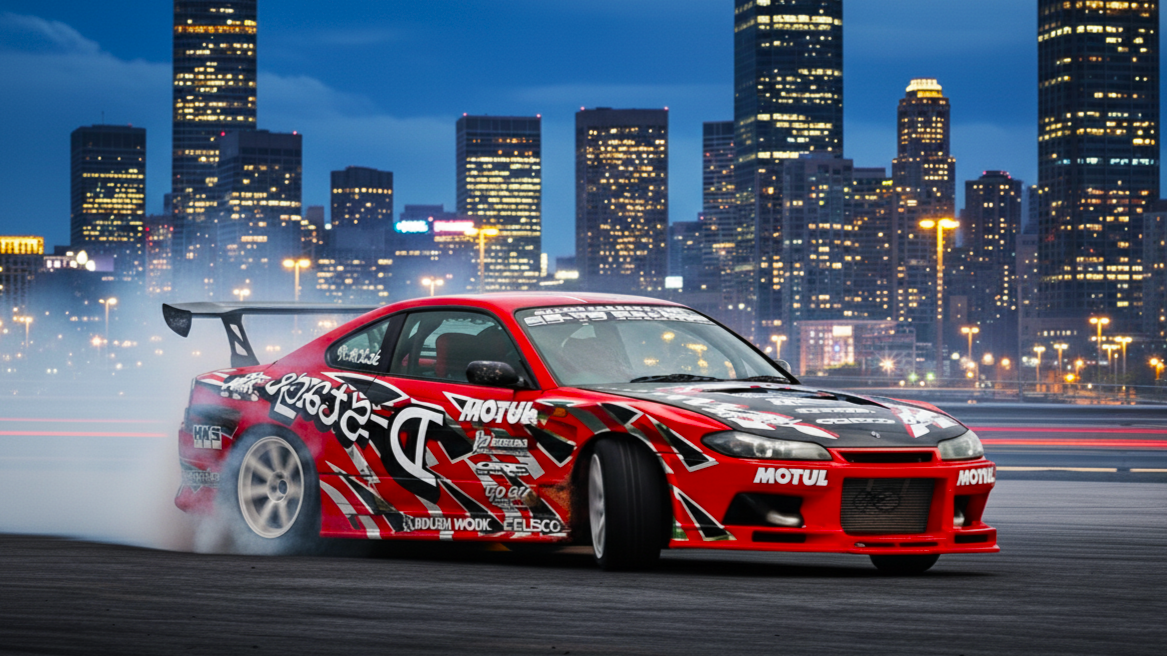
- Toyota AE86 Corolla Levin / Sprinter Trueno. The car that started the drifting culture. The legendary "Hachiroku" (Japanese for "eight-six"). Lightweight, rear-wheel-drive, with a perfectly balanced chassis. It wasn't powerful, but it taught pilots to feel the edge of grip and maintain speed in a slide. Its cult status was immortalized by the manga and anime Initial D.
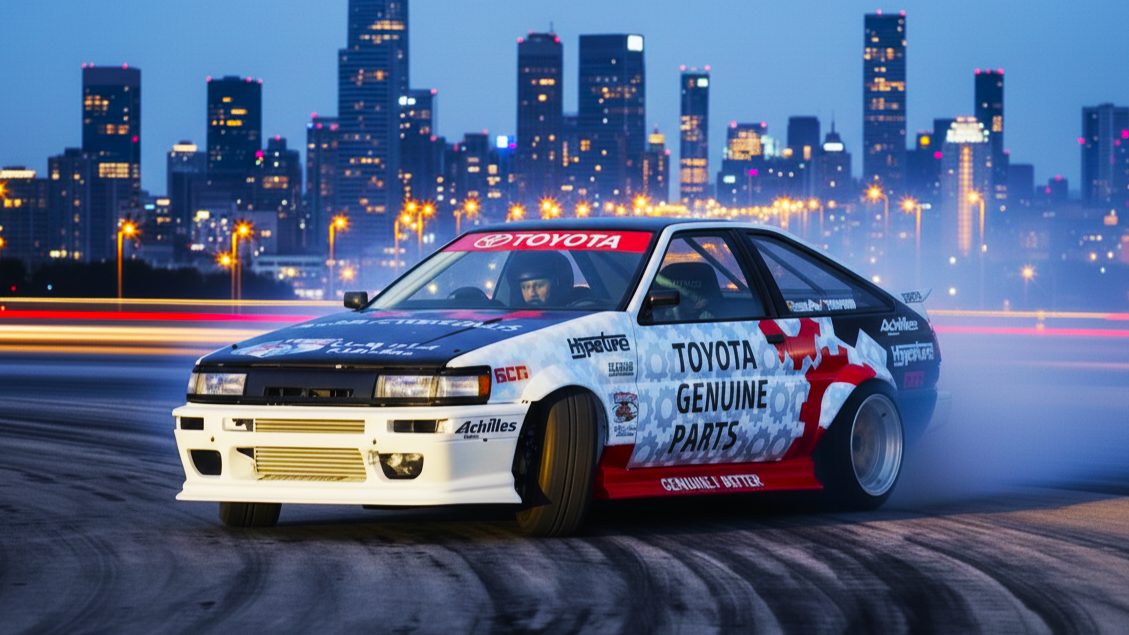
- Mazda RX–7 (FC, FD). A unique car thanks to its rotary engine. The high-revving, lightweight, and compact engine allowed for ideal weight distribution. The RX–7 required a special approach, but in skilled hands, it turned into a formidable weapon.
.png?_t=1761153758)
- BMW 3 Series (E30, E36). The European icon of controlled sliding. A strong chassis, 50/50 weight distribution, reliable inline-six-cylinder engines, and a huge selection of tuning parts made the E30 and E36 the most popular "drift trainers" in Europe and the USA. Finding cheap drift cars is easiest among old BMWs.
.png?_t=1761153758)
Modern Drifting Favorites
Classic is good, but time does not stand still. Modern technologies, stiffer bodies, and more powerful engines have opened a new chapter in the history of drifting. Today's heroes offer more power and reliability "out of the box," allowing fans to build competitive machines with less effort.
New Heroes of the Drift Scene: From Japanese Coupes to American Muscle Cars
- Nissan 350Z/370Z. The direct heirs to the "Silvia." A powerful naturally aspirated V6, rear-wheel drive, and an excellent "out of the box" chassis. The 350Z and 370Z offer the best balance of price and potential for those who want to build a modern and reliable drift car.
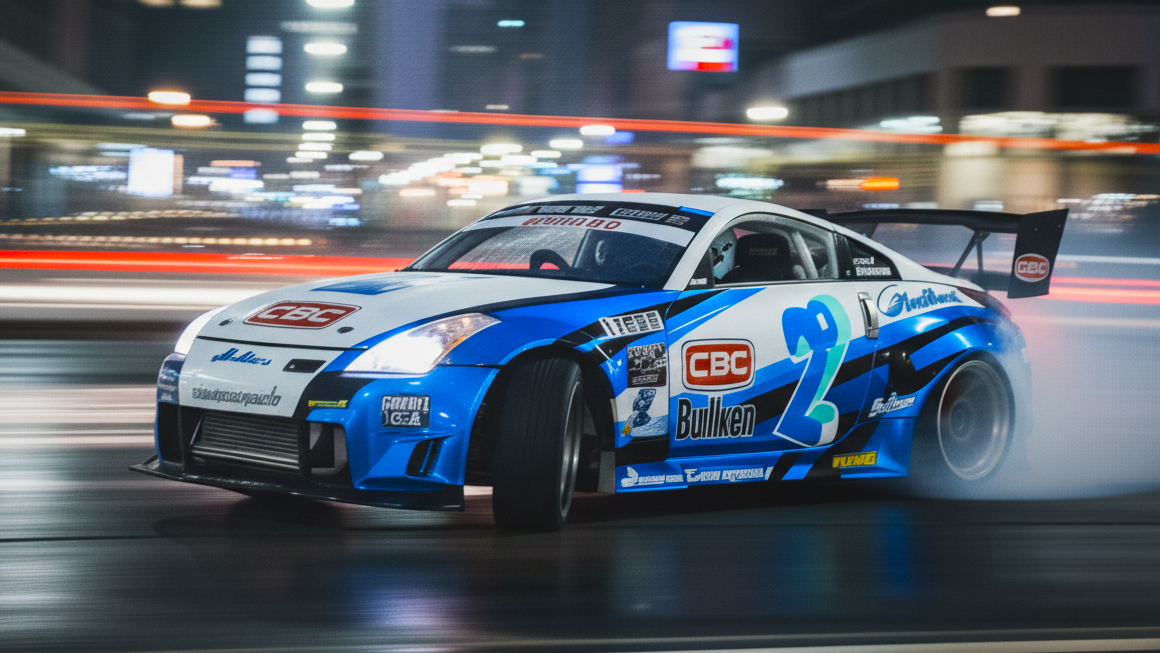
- Ford Mustang. Modern "Mustangs" with independent rear suspension and powerful V8s are an excellent platform for drifting. They require more modifications than Japanese coupes, but their brutal look and the sound of the V8 create an unforgettable show.
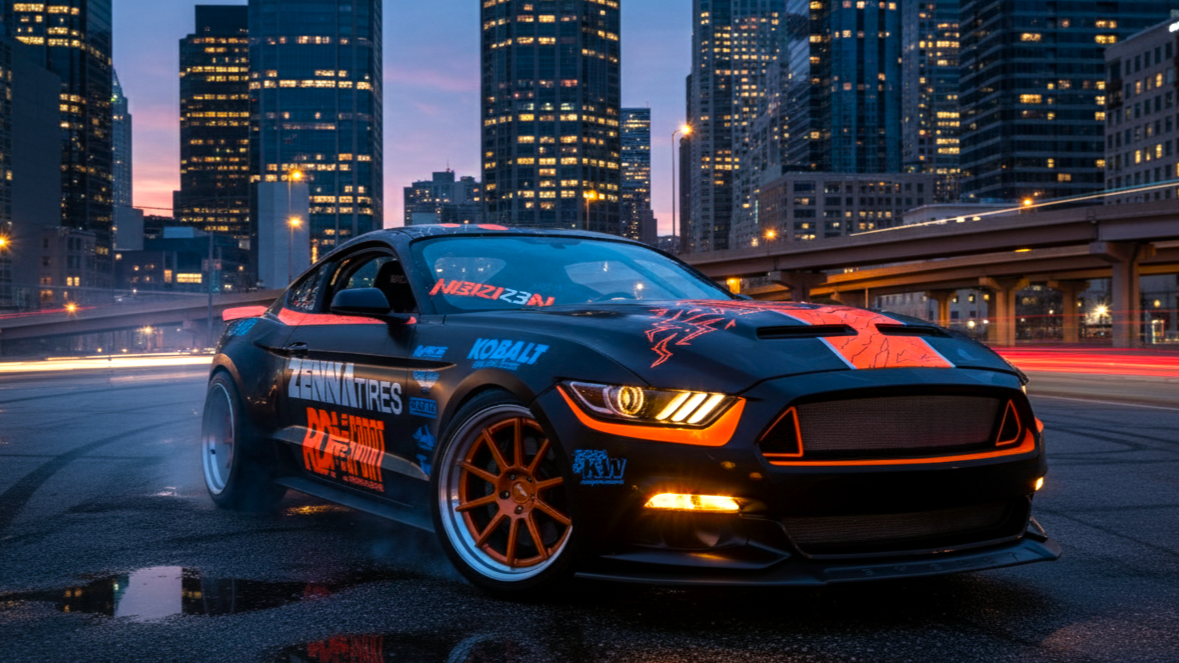
- Toyota GR86 / Subaru BRZ. The ideological successors to the AE86. Lightweight, with a low center of gravity thanks to the boxer engine and a perfectly tuned chassis. They prove that for drifting, balance is more important than power.

- BMW M–Series (M2, M3, M4). Modern BMW M cars are high-tech and very powerful vehicles. They are more expensive to buy and maintain but offer incredible potential and handling thanks to racing technologies and smart electronics.
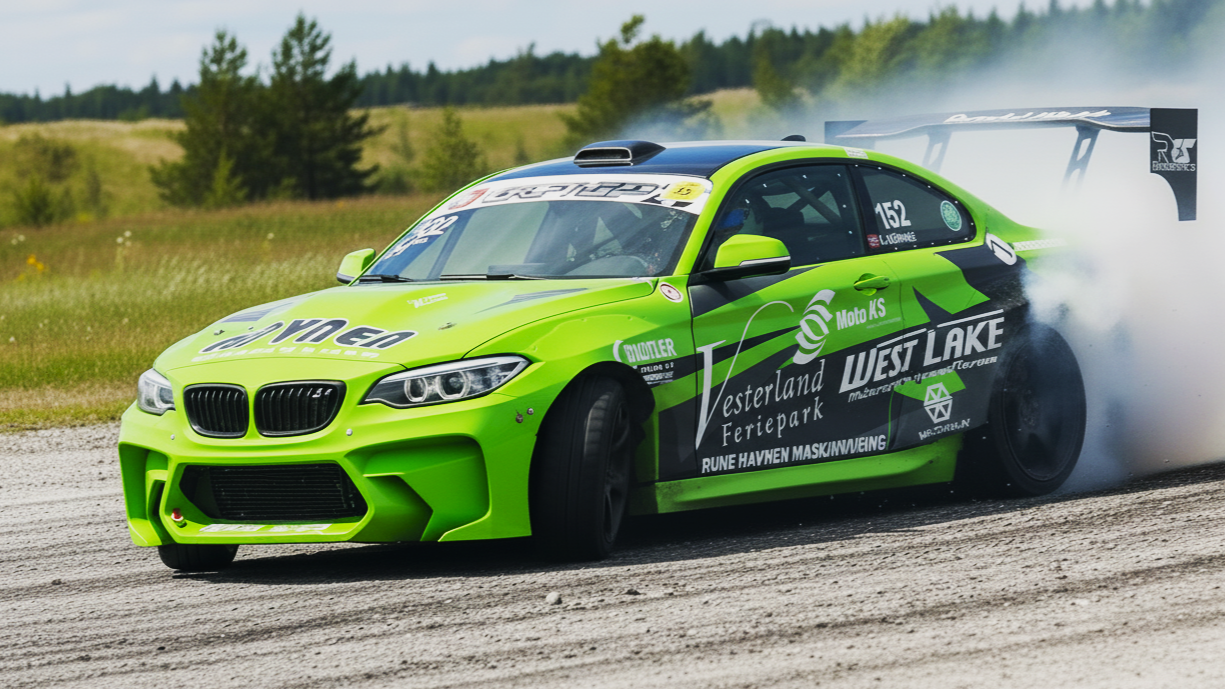
Model | Drive | Engine | Why It's Good for Drifting |
Nissan Silvia S15 | RWD | 2.0L Turbo | Perfect chassis, lightweight, tuning potential |
Toyota AE86 | RWD | 1.6L NA | Balance, lightweight, the "school" of drifting |
Nissan 370Z | RWD | 3.7L V6 | Power, reliability, tuning availability |
Ford Mustang GT | RWD | 5.0L V8 | Torque, sound, brutal style |
Toyota GR86 | RWD | 2.4L Boxer | Low center of gravity, balance, handling |
Unexpected Drift Participants
Who said that drifting is only for Japanese coupes and old BMWs? Sometimes the most interesting projects are born where they are least expected. Fans of controlled sliding take completely non-sporty cars, at first glance, and turn them into formidable weapons for controlled sliding.
Who Would Have Thought? Cars That Became Drifters Against the Rules
Drift culture loves to break stereotypes. Sometimes, the most unexpected cars are chosen to build a drift car.
- Lexus IS/GS. Business sedans with reliable engines and rear-wheel drive. After installing a limited-slip differential and modifying the suspension, they turn into comfortable and very stylish drift cars.
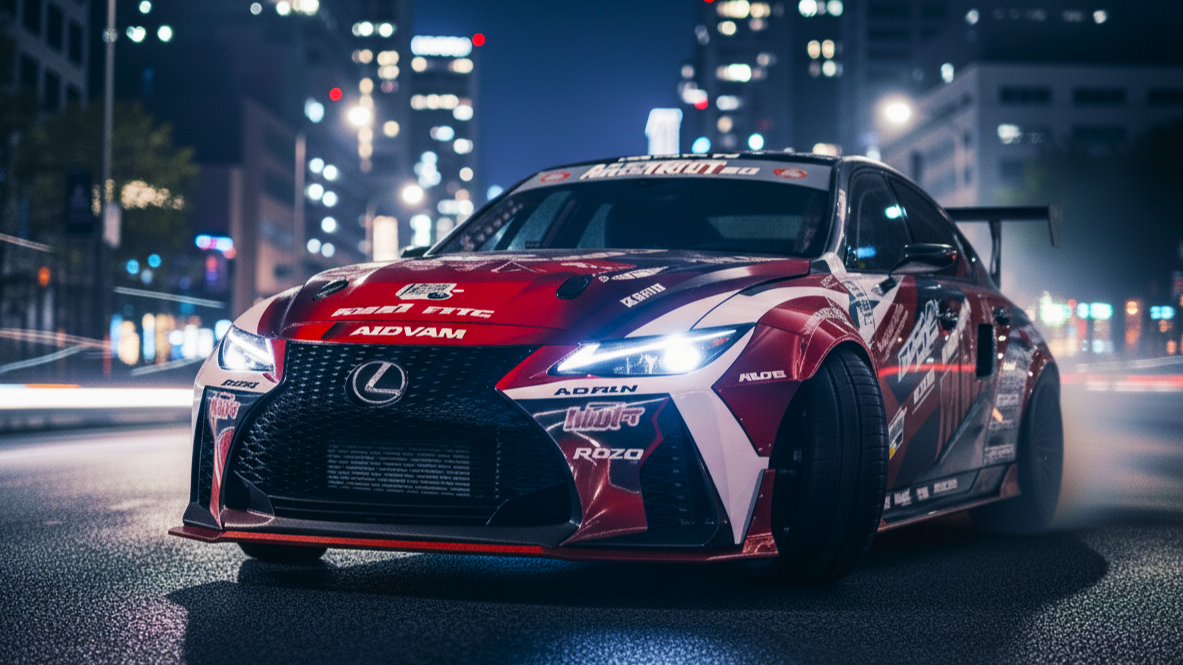
- Infiniti G35. An underrated competitor to the Nissan 350Z, built on the same platform but with a longer wheelbase and a more comfortable interior.
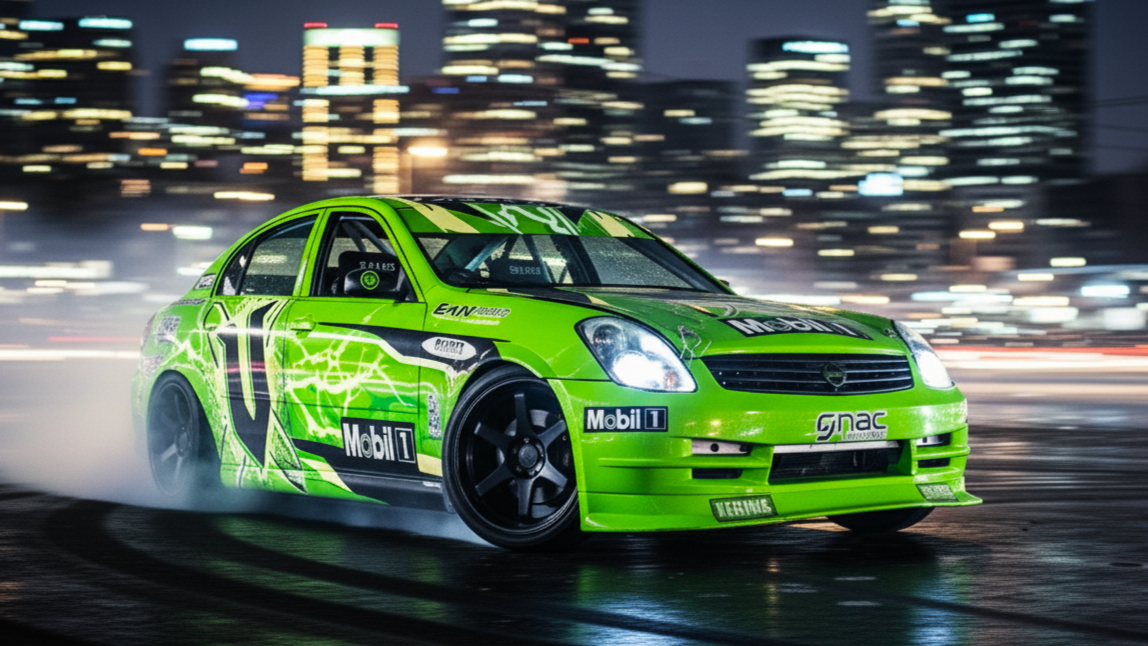
- Volvo 240/740. "Swedish bricks." Surprisingly, these old sedans and wagons have a strong chassis, rear-wheel drive, and are easily tunable, which makes them popular in budget drifting in Scandinavia.
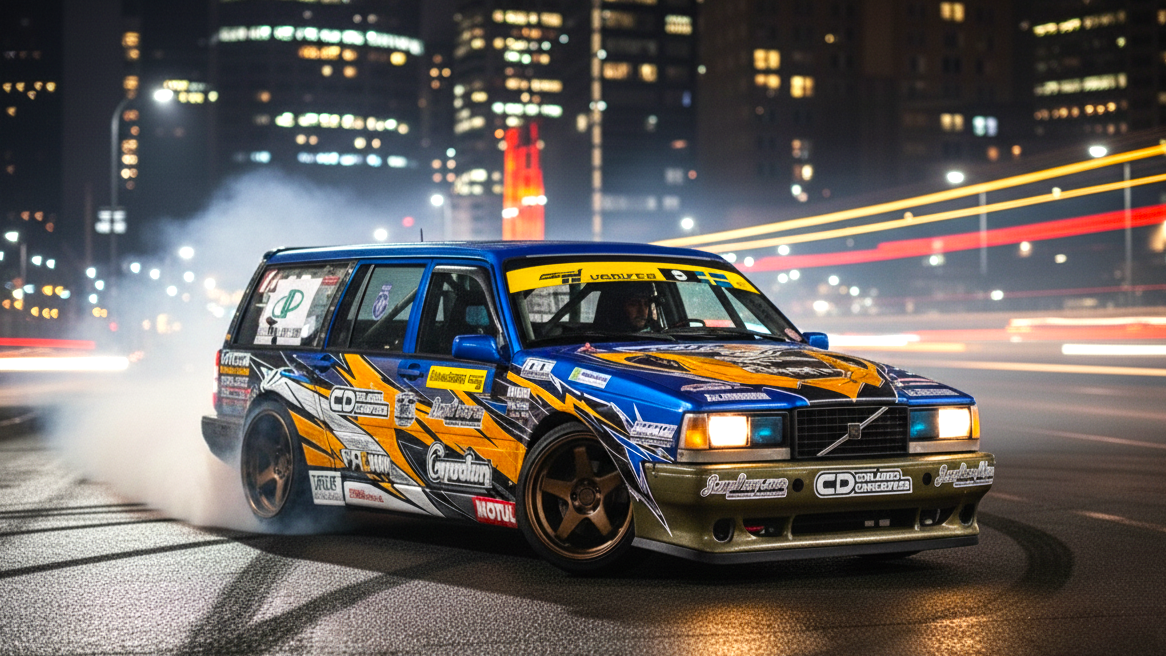
DIY Drift Car: Tuning and Upgrades
Finding a suitable car is only half the battle. The main transformation begins in the garage. Turning a stock car into a competition-ready drift machine is an exciting, albeit complex, process that requires an understanding of engineering basics and a clear action plan.
How to Turn a Regular Car into a Drift Beast
Transforming a regular car into a vehicle for controlled sliding is a fascinating process. What is modified first:
- Differential. The open differential is replaced with a limited-slip differential (LSD) or is simply welded. This forces both rear wheels to rotate at the same speed, which allows for maintaining a slide.
- Suspension. Stiff, adjustable coilovers and control arms for increased front wheel steering angle are installed.
- Brakes. A hydraulic handbrake ("hydro e-brake") is installed for easy initiation of a slide.
Engine power is often left for later. It is much more important for a novice to learn to control the car with the chassis, rather than just spinning the wheels with excessive power.
Drift Culture and Its Influence on Car Choice
Why did the Toyota AE86 become a legend, and the Nissan Silvia — the dream of thousands of drifters around the world? The answer lies not only in their technical specifications or handling, though those certainly played a part. The true magic of these cars is rooted in their cultural legacy.
The Toyota AE86 achieved cult status after the release of the anime Initial D, where the main character conquered mountain passes behind the wheel of this modest-looking car. For many viewers, the AE86 became a symbol of freedom, youth, and pure passion for driving. It proved that even an inexpensive, lightweight car can deliver powerful emotions and compete with more “serious” rivals — as long as the person behind the wheel has skill and the heart of a racer.
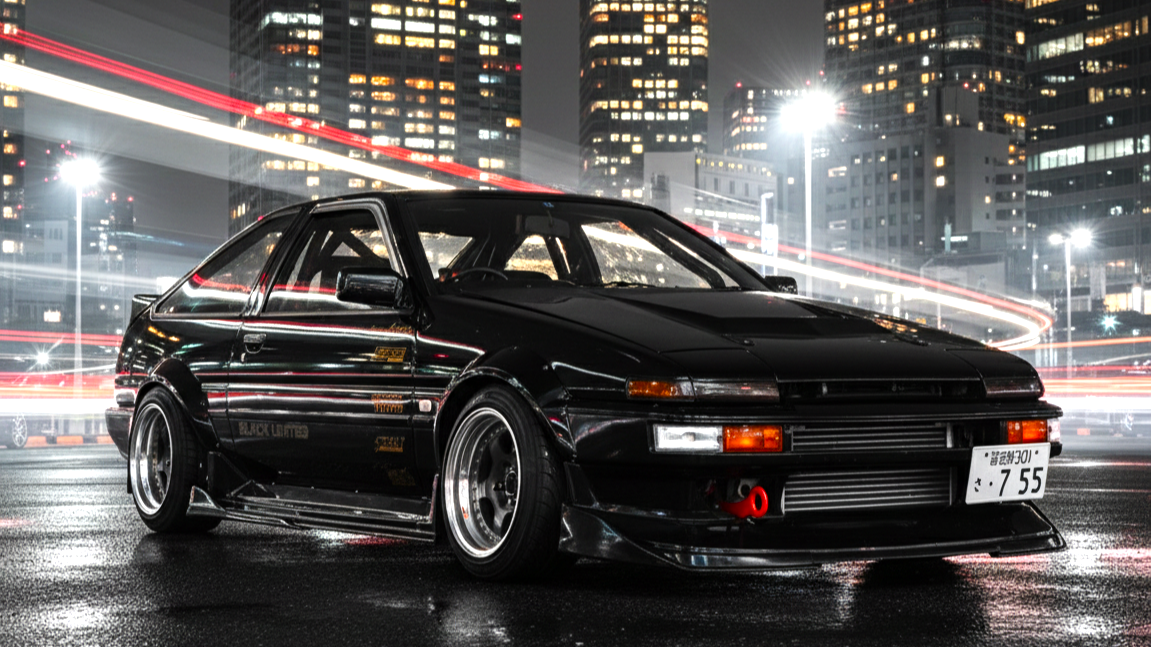
The Nissan Silvia, on the other hand, is firmly associated with street racing, style, and agility. Thanks to films like Fast & Furious and countless video games, the Silvia became the embodiment of the perfect drift car — balanced, rear-wheel-drive, and infinitely tunable. Drivers choose it not only for its performance but for its vibe — that feeling of belonging to a culture where it’s not just about speed, but about mastering control in every slide.
Drift culture has long since transcended motorsport. It has become a form of self-expression. Here, horsepower matters less than personality — the car’s “soul.” People choose drift cars based on emotion: some want to feel like the hero of Initial D, while others want to be part of the legend of Japanese street racing.
Ultimately, choosing a drift car isn’t just about buying metal and mechanics. It’s a statement — about your style, your mindset, and your love for a culture where tire smoke isn’t just a trace on asphalt, but an art form in motion.
From Manga to Hollywood: How Culture Defines the Choice of a Drift Car
The popularity of many legendary drift cars didn’t start in showrooms or on racetracks. It was born in culture — on the pages of manga, under Tokyo’s neon lights, in the roar of engines on the big screen, and in the digital worlds of video games. Pop culture turned these cars into more than just machines — they became symbols of freedom, rebellion, and identity.
A Cultural Phenomenon That Changed the Way We See Drift
Each piece of media — manga, film, or video game — contributed to the evolution of global drift culture. People began to dream not only about speed but about style, control, and the personality of the car. Eventually, the vehicles they saw on screen started influencing real-life purchases.
Initial D — The Birth of a Legend
The manga and anime Initial D marked the beginning of modern drift culture. It was here that the Toyota AE86 transformed from an ordinary hatchback into a symbol of skill and the spirit of the road. The story of Takumi, a young driver mastering Japan’s mountain passes, showed that drifting isn’t just racing — it’s an art form. The AE86 became synonymous with balance, passion, and pure driving joy, inspiring thousands to take the wheel themselves.
The Fast and the Furious: Tokyo Drift — Where Japan Met Hollywood
When The Fast and the Furious: Tokyo Drift hit theaters, drifting exploded into the global mainstream. The Nissan Silvia S15, Mazda RX-7, and Nissan 350Z became cinematic icons, remembered as vividly as the characters themselves. The film showcased the beauty of controlled slides and turned drifting into a lifestyle. After its release, demand for Japanese sports cars soared worldwide — and city streets filled with dreams of neon nights and Tokyo highways.
Need for Speed — Drifting in the Digital World
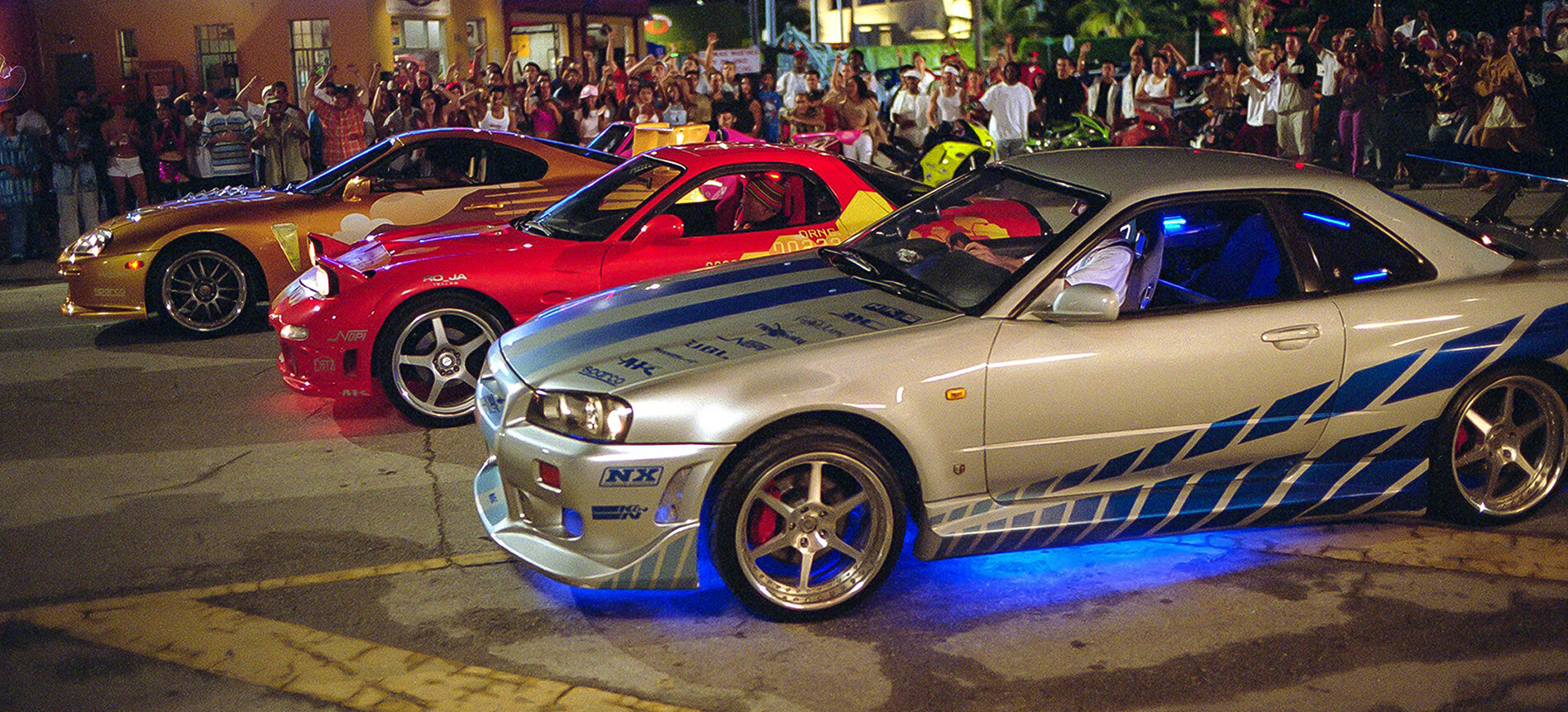
The Need for Speed series made drifting accessible to millions. Players built and customized their dream cars, learning the art of controlled oversteer — even if just from behind a keyboard. The games defined what a “perfect drift car” should be: lightweight, rear-wheel drive, and endlessly tunable. Thanks to Need for Speed, icons like the Nissan Silvia, Toyota Supra, and Mazda RX-7 found a new generation of fans — in both the real and virtual worlds.
Formula Drift — Where Professionals Set the Trends
Professional competitions like Formula Drift brought drifting to an entirely new level. Precision, power, and spectacle — every event sets new standards. The choices of professional drivers — from chassis to tuning style — quickly become trends among enthusiasts. What fans see on the track today often inspires garage builds tomorrow. Drift fashion starts right here.
When Culture Matters More Than Specs
Today, the choice of a drift car often begins with emotion, not engineering. Some drivers want to feel like Takumi behind the wheel of an AE86, others chase the vibe of Tokyo Drift, while some relive the thrill of Need for Speed. Pop culture doesn’t just influence preferences — it shapes dreams. And that’s what makes the connection between drift and culture so powerful.
Conclusion
We have analyzed the history, studied the technologies, and compared legendary models. Has it become clearer which car is best for drifting? Both yes and no. Drifting is too multifaceted a phenomenon to be reduced to a single "best" car. The final choice always remains with you.
So which car is best for drifting? There is no universal answer. The best car for drifting is the one that fits your budget, skill level, and goals.
- For a beginner, the ideal choice would be an old BMW E36 or a Nissan 350Z. They are reliable, affordable, and have a huge amount of tuning parts available.
- For an amateur, a Toyota GR86 or a Ford Mustang would be suitable – modern cars that provide a lot of emotion.
- For a professional, the choice is limited only by competition regulations and the imagination of the engineers.
The main thing is the balance between technology, style, and emotion. Explore our catalog to find out what are good drift cars, and remember: the best drift car is the one that gives you a sense of complete control and freedom in a controlled slide.


